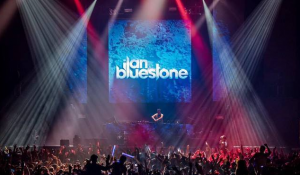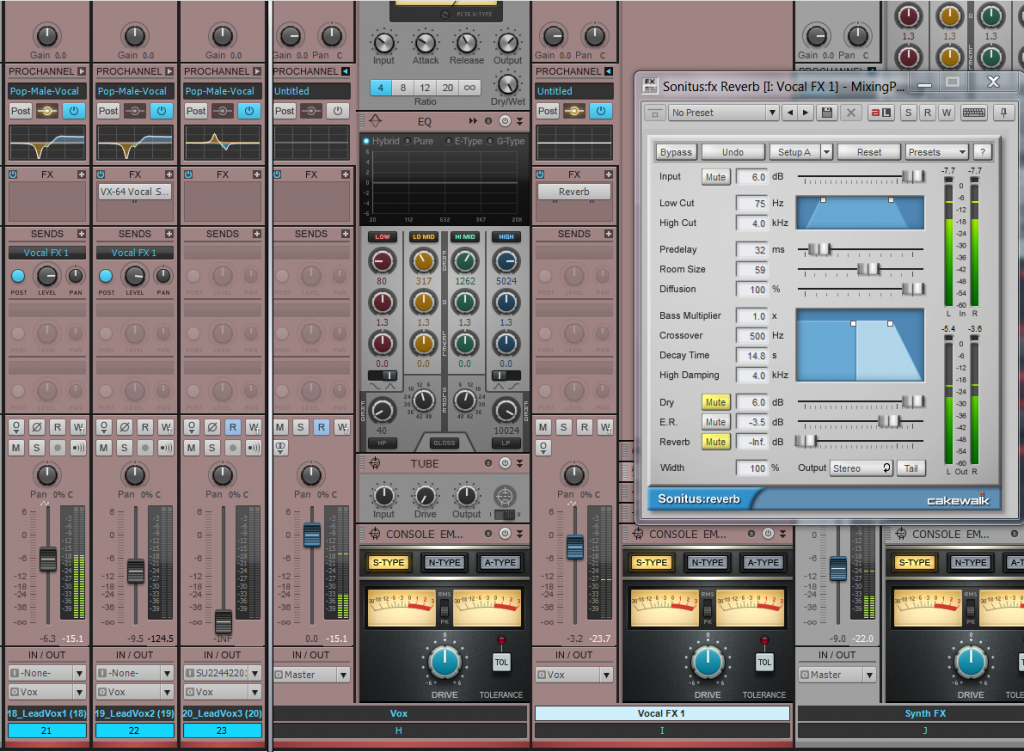 There is a new breed of DJ’s emerging, and U.K. native iLan Bluestone is leading the pack. This new insurgence is fueled more by raw talent rather than the button-pushing antics for which some DJ’s have been scrutinized. Musicianship, song-structure, production, arrangement and mixing are now all part of the game with these super-DJ’s who have the skills to bring it all together. SONAR has been at the heart of iLan’s career for over 10 years now. Hailing from the town of Borehamwood just north of London, he taught himself guitar and piano at a young age and took his time developing his sound. “I think it takes a while to figure out your sound and what you’re good at,” iLan told us while visiting his home studio in the U.K. “A lot of artists get really close to finding their own sound, but then for one reason or another things don’t seem to connect. It takes a lot of dedication and patience to really develop as an artists these days, especially in the EDM world.”
There is a new breed of DJ’s emerging, and U.K. native iLan Bluestone is leading the pack. This new insurgence is fueled more by raw talent rather than the button-pushing antics for which some DJ’s have been scrutinized. Musicianship, song-structure, production, arrangement and mixing are now all part of the game with these super-DJ’s who have the skills to bring it all together. SONAR has been at the heart of iLan’s career for over 10 years now. Hailing from the town of Borehamwood just north of London, he taught himself guitar and piano at a young age and took his time developing his sound. “I think it takes a while to figure out your sound and what you’re good at,” iLan told us while visiting his home studio in the U.K. “A lot of artists get really close to finding their own sound, but then for one reason or another things don’t seem to connect. It takes a lot of dedication and patience to really develop as an artists these days, especially in the EDM world.”  These words of wisdom seem to have a lot of weight behind them considering iLan’s sonic-trajectory in the last 18 months. On Beatport alone, he has seen the Top Ten Trance chart over 12 times including eight #1 tracks. He has also graced Billboard Charts and is literally the only U.K. artist to go from his bedroom production suite to a recent sold out show at Madison Square Garden Continue reading “Why Trance Chart-Topper iLan Bluestone Uses SONAR Platinum to Craft His Unique Sound”
These words of wisdom seem to have a lot of weight behind them considering iLan’s sonic-trajectory in the last 18 months. On Beatport alone, he has seen the Top Ten Trance chart over 12 times including eight #1 tracks. He has also graced Billboard Charts and is literally the only U.K. artist to go from his bedroom production suite to a recent sold out show at Madison Square Garden Continue reading “Why Trance Chart-Topper iLan Bluestone Uses SONAR Platinum to Craft His Unique Sound”
Mixing Vocals: Create Depth with a Digital Reverb
by Dan Gonzalez
Depth is a factor of every mix, just like Height and Width. This is a harder concept to grasp because there really is no “Depth” adjust on a mixer. In this article we’ll talk about how to create depth using the Sonitus Reverb.

Creating Depth using the Sonitus Reverb
Digital reverbs are the proverbial swiss-army-knives of the mixing world. They are programmed in a way that emulates every part of a reverb. This includes the pre-delay, decay time, width, diffusion, early reflections etc. Since these emulate spaces like halls, plates, rooms, and other reverberant places – we can use them to create a room sound around our audio tracks for the purpose of creating depth. That’s a fancy way of saying that we can use reverb for depth. Here’s a vocal track that has no effects on it at all. It’s mixed into this track completely dry.

Continue reading “Mixing Vocals: Create Depth with a Digital Reverb”

